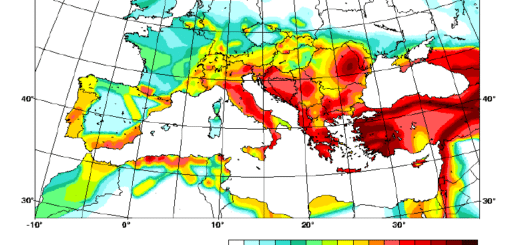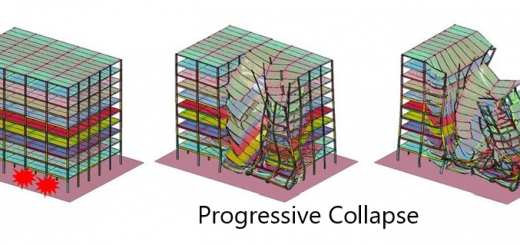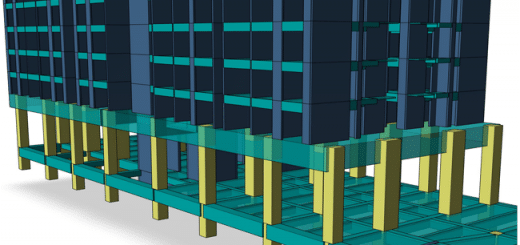Galvanizing vs Painting [ a in depth comparison ]
Looking for Galvanizing vs Painting methods? Galvanizing and painting methods are world widely accepted methods used to protect structural steel.
Knowing the advantage, disadvantages galvanizing vs painting, and their applicability of each system is useful in assessing the suitability of each type.
The most important anti-corrosive component in both galvanizing and zinc-rich painting is zinc.
The mass of zinc present is the standard method of rating the durability of metallic coatings and all international standards used mass per square meter to define the coating durability for a wide range of galvanized products.
The amount of zinc in a zinc-rich coating is not clearly defined and the method of the specification is misleading. Zinc-rich paint specifications nominate the percentage of zinc by weight, in the dry film of the paint coating.
An inorganic zinc-rich pant may nominate 78% zinc in the dry film and a high-quality organic(epoxy) zinc-rich paint nominate more than 90% zinc in the dry film. The volume of zinc in a zinc-rich paint is very less as the zinc is approximately seven times denser than the organic binder.
The mass of the zinc per square meter will thus be significantly lower than that of the galvanized coating of the same thickness.
The test is done by South Australian Road Authority in testing the zinc content of various types of zinc-rich paint has found the following:
Inorganic Zinc Rich paint – 75-micron coating solvent Based – 185g/m2Water based – 250g/m2Organic Zinc Rich Paint – 75-micron coating solvent-based – 185g/m2Comparison of the Hot-dip galvanizing and the inorganic zinc-rich paint can be done as follows.
| Characteristics | Hot-dip galvanizing | Inorganic Zinc-rich paint |
| Application | Factory | Field or Factor |
| Corrosion protection | Cathodic and Barrier | Barrier |
| Hardness/abrasion resistance | 179 to 250 DPN | Varies by type |
| Durability | 50 years or more | 12 -15 years |
| Cathodic Protection | Zinc metal is anodic | Maybe; Zinc % may be too low for conductivity/bending materials may not be conductive, minimizing cathodic projection |
| 2000 Hour Immersion Test | No base steel corrosion | Paint absorbed water and underfilm corrosion of the substrate steel occurred |
| Ultraviolet Ray Exposure | No effect on performance | No severe degradation |
| Performance rage testing | -100 C to 350 C | Deterioration at 250C |
Source: Internet



